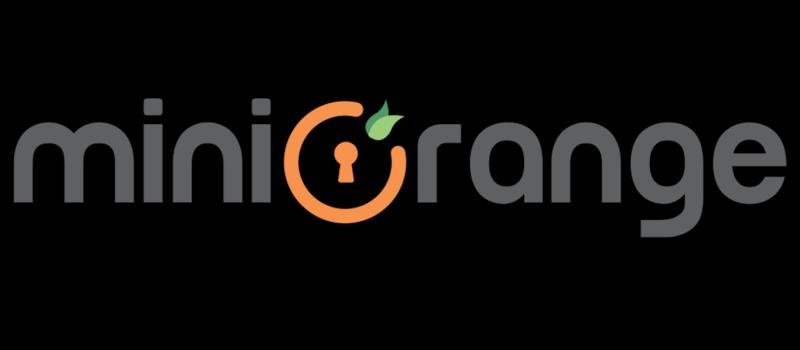In today’s digital world, securing access to critical systems and data is more important than ever. Identity and Access Management (IAM) plays a crucial role in ensuring that only the right individuals have access to the right resources at the right time. A well-structured IAM system strengthens security, improves user experience, and ensures compliance with regulatory standards.
Let’s explore the key components of Identity and Access Management, its core capabilities, and why businesses need robust IAM controls to safeguard their digital assets.
What is Identity and Access Management (IAM)?
Identity and Access Management (IAM) is a framework of policies, technologies, and processes that ensures secure and efficient access control across an organization’s digital infrastructure. It authenticates users, grants them appropriate permissions, and continuously monitors their activities to prevent unauthorized access.
Know more about IAM: https://www.miniorange.com/iam/
IAM is not just about securing employee logins-it extends to customers, partners, IoT devices, cloud applications, and remote workforces, making it a critical security pillar for modern enterprises.
Components of Identity and Access Management (IAM)
An effective IAM system consists of several core components, each playing a vital role in securing identities and controlling access:
1. Identity Lifecycle Management
This involves creating, managing, and deactivating user accounts throughout their lifecycle. It ensures that employees, contractors, and partners have access only when needed and lose access immediately after they leave or change roles.
2. Authentication and Access Control
IAM uses multi-factor authentication (MFA), passwordless authentication, and adaptive authentication to ensure users are who they claim to be before granting access. IAM controls ensure that access is based on verified identity, device security, and location.
3. Role-Based Access Control (RBAC)
IAM enables granular control over user access by defining permissions based on job roles, departments, or attributes like device type and login location. This ensures that users only access what’s necessary, minimizing security risks.
4. Privileged Access Management (PAM)
PAM is a subset of IAM that secures high-risk accounts with elevated privileges, such as system administrators and IT support teams. It enforces strict controls, session monitoring, and Just-in-Time (JIT) access to prevent privilege misuse.
5. Single Sign-On (SSO)
SSO allows users to authenticate once and gain access to multiple applications without needing to log in separately. This not only enhances security but also improves user experience by eliminating password fatigue.
6. Identity Governance and Compliance
IAM solutions offer real-time monitoring, reporting, and auditing capabilities to help organizations comply with regulations like GDPR, ISO 27001, and NIST. IAM ensures that all access requests, approvals, and revocations are logged and traceable.
IAM Capabilities & Features
A robust IAM system provides several essential features that enhance security and efficiency:
1. User Authentication & MFA: Secure login mechanisms to prevent credential-based attacks.
2. Automated Provisioning & Deprovisioning: Grants and revokes access automatically based on user roles.
3. Access Reviews & Auditing: Ensures that access permissions align with security policies.
4. Self-Service Password Management: Reduces IT workload by allowing users to reset passwords securely.
5. Session Monitoring & Threat Detection: Identifies suspicious activity in real time and takes automated action.
Know more about IAM Capabilities: https://www.miniorange.com/iam/solutions/iam-capabilities
– Why Organizations Need IAM Controls
IAM is not just a security tool-it is a business enabler that improves security, productivity, and compliance. Companies need strong IAM controls to:
1. Reduce the risk of data breaches by enforcing least privilege access.
2. Improve user experience with seamless authentication and access management.
3. Simplify IT administration through automated identity provisioning and policy enforcement.
4. Ensure regulatory compliance by maintaining detailed audit trails and access logs.
Take Control of Identity & Access with miniOrange
As organizations expand their digital footprint, a robust IAM solution is essential for securing identities, preventing unauthorized access, and ensuring compliance.
miniOrange IAM provides comprehensive identity and access management with adaptive authentication, role-based access control, privileged access management, and cloud-ready solutions. With seamless integrations, AI-driven analytics, and a Zero Trust approach, miniOrange helps businesses secure their workforce, customers, and cloud environments-effortlessly.
S No 36, Office 407, B Zone, 1/1/1(P), 35/2/1, Baner, Pune, Maharashtra 411045
With a focus on Identity and Access Management (IAM) and Customer Identity and Access Management (CIAM), we offer cutting-edge solutions to secure your workforce, customers, and partners. Our expertise also includes offering new-age security solutions for popular CMS and project management platforms like Atlassian, WordPress, Joomla, Drupal, Shopify, BigCommerce, and Magento. Our solutions are specific, accurate and, most importantly, great at doing what they’re supposed to: Making you more secure!
This release was published on openPR.



















